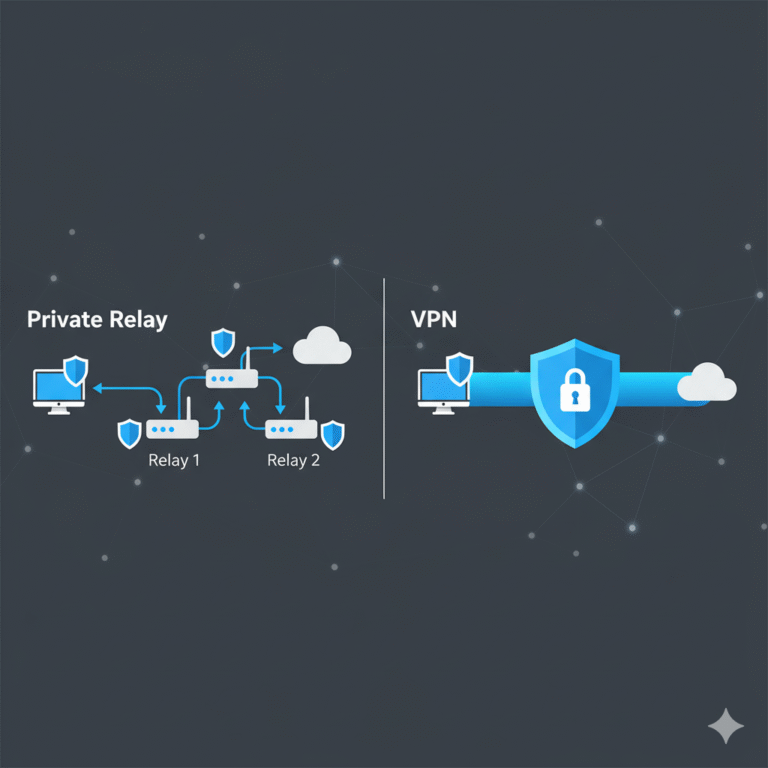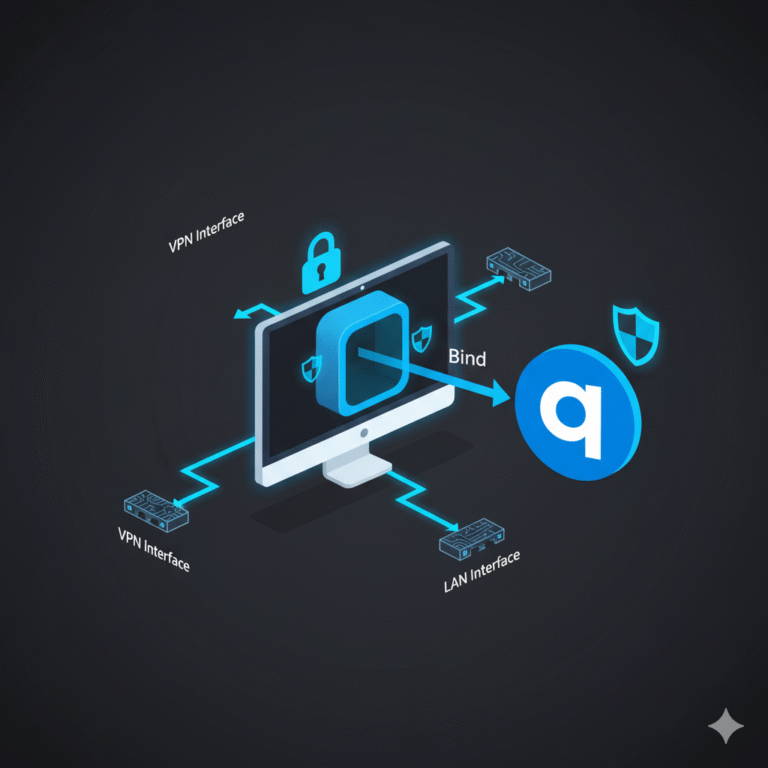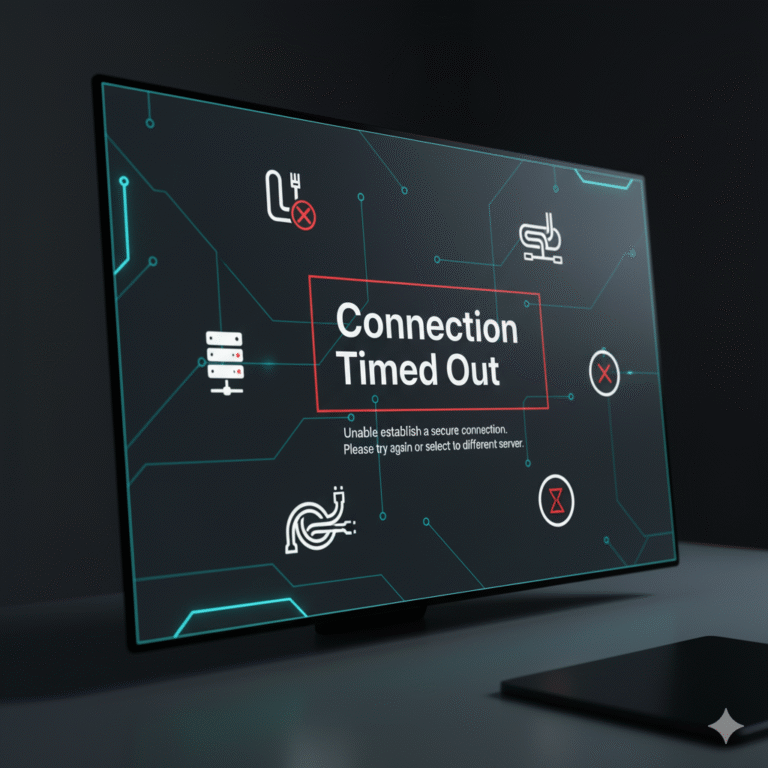Why are websites blocked on school Chromebooks?
School Chromebooks are managed by administrators who configure them using Google Admin Console to restrict access to specific websites. The reasons for this include:
- Preventing distractions like social media or gaming
- Ensuring safety by blocking adult or malicious content
- Maintaining bandwidth by limiting streaming and downloads
These restrictions are often enforced through:
- Chrome extensions that block URLs
- Network firewalls set at the school Wi-Fi level
- Google SafeSearch policies
But even if VPNs are restricted, there are alternative methods students use to regain access — which we’ll explore below.
How to unblock websites on school Chromebook 2025 without VPN?
There are several proven workarounds to bypass restrictions without installing a VPN. Here’s how:
1. Use Google Translate as a Proxy
This might sound odd, but Google Translate can act as a middleman to bypass blocked domains:
- Visit Google Translate
- Set the source language as any language (e.g., Spanish) and target as English
- Paste the blocked URL into the left box
- Click the translated link on the right — it loads via Google’s server
2. Access via IP Address
Sometimes, firewalls block domain names, not IPs. To try this:
- Use
ping website.comin the Chromebook’s Developer Console or on another device - Copy the IP address and paste it into your Chrome browser
Example: Instead of
https://youtube.com, use something likehttp://142.250.190.206
Note: This doesn’t work with all sites — especially HTTPS-secured ones.
3. Use Web-Based Proxy Services
Free proxies act like VPNs without installation. Some popular options:
https://www.croxyproxy.com/https://hide.me/en/proxyhttps://kproxy.com/
⚠️ School networks may block known proxy sites. Try several until one works.
Also, check our detailed guide on AirVPN vs NordVPN: Which VPN Offers Better Security & Speed? to understand the tradeoffs between proxies and VPNs.
Can browser extensions help unblock websites?
Yes — if extensions are not disabled by admin policy.
1. Proxy Extensions (if allowed)
Some Chromebooks allow you to install Chrome extensions through personal accounts. Try:
- UltraSurf Security, Privacy & Unblock VPN
- Touch VPN Proxy
- SetupVPN
If extensions are disabled, try using the browser’s guest mode and log into your own Gmail to test.
If you’re wondering whether tools like LogMeIn or Ascaler VPN also function as proxies, see our breakdowns:
How do mobile hotspots help bypass Chromebook restrictions?
If your school blocks sites only through Wi-Fi, bypassing the school network altogether is the best solution.
How to do it:
- Turn off Wi-Fi on your Chromebook.
- Enable mobile hotspot on your phone.
- Connect the Chromebook to your personal hotspot.
This removes school firewall limitations completely — but beware of data limits.
You can also check how to watch Jio Cinema in USA without VPN — the method uses hotspot tricks to bypass geo-blocks too.
Are there browser-based developer tools that help?
Yes — here’s a trick using the Inspect tool:
- Right-click on the blocked site’s link
- Click Inspect
- Under the
<a href>tag, copy the direct URL - Paste into a new incognito tab or open via Google Cache
Also, try the cached version via:
makefileنسختحريرcache:website.com
Example:
cache:reddit.com
This shows a Google-stored version of the site — sometimes enough to get what you need.
To better understand this cache method compared to DNSCrypt or VPNs, read Is DNSCrypt an Alternative to VPN?
How to use SSH tunnels or cloud terminals without VPN?
Advanced students sometimes use Google Cloud Shell or Glitch.com to create tunnels or cloud-based environments.
Try this:
- Sign in to Glitch.com
- Start a project that includes an iframe with your blocked website
- Load the app and access the site within the sandbox
Some students also configure qBittorrent or other apps to bind through VPN tunnels. Learn more in our guide:
How to Bind qBittorrent to VPN for Secure Torrenting
What are the limitations of unblocking without VPN?
While these methods can work, they aren’t as secure or consistent as VPNs:
| Method | Success Rate | Blocks Ads? | Encrypts Traffic |
|---|---|---|---|
| Google Translate | Moderate | No | No |
| IP Address | Low | No | No |
| Proxy Site | High (varies) | Sometimes | No |
| Mobile Hotspot | High | Yes | Yes (via ISP) |
VPNs are still the best long-term option, and we’ve compared many of them for performance:
- NordVPN Review – Top Features 2025
- ExpressVPN Review – Tested in 2025
- Surfshark Review – Unlimited Devices
Final Tips and Takeaway
So, how to unblock websites on school chromebook 2025 without vpn? Here’s your quick checklist:
- ✅ Try Google Translate
- ✅ Use IP address version of the site
- ✅ Test free web proxies
- ✅ Leverage personal hotspot
- ✅ Explore developer tools and cached pages
- ✅ Experiment with Glitch or Google Shell
While these are creative and often effective, VPNs remain the most secure solution for bypassing restrictions.
If you’re curious whether a VPN is needed for things like leaked.cx or direct download sites, we have dedicated guides to help you decide.
Need to unblock Instagram on school networks? Don’t miss our walkthrough on
How to Unblock Instagram on School Computer Without VPN
Still have questions about proxies, VPN alternatives, or legal implications? Explore deeper topics like:
Let us know which method worked for you. Stay safe and smart while navigating school restrictions.



